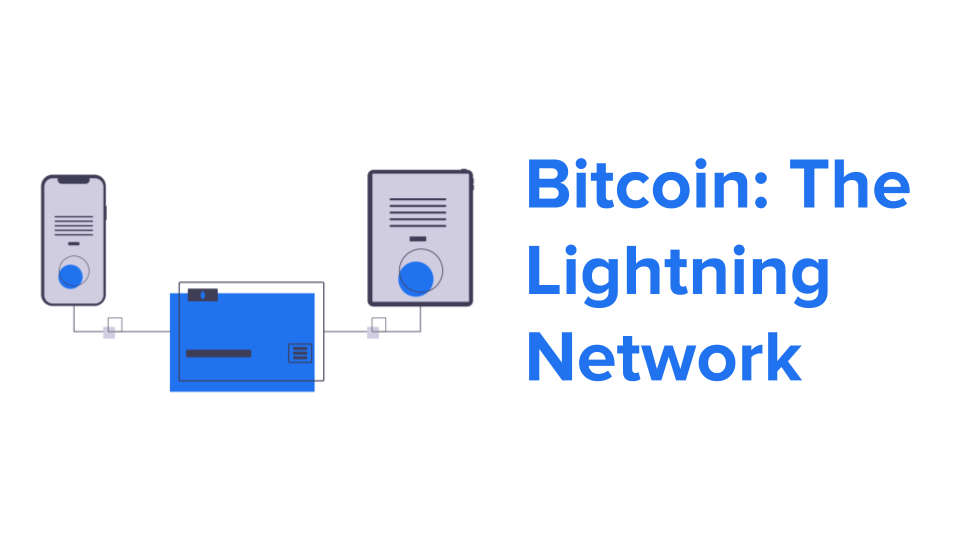The Bitcoin Lightning network is a second layer protocol operating on top of the blockchain. The main intent is to improve scalability by facilitating faster transactions. However initially the focus was on taking the load off the network and reducing network fees.
History of the Lightning Network
The Lightning Network was proposed by two researchers, Thaddeus Dryja and Joseph Poon in 2015. The proposal was put forth on paper called “The Bitcoin Lightning Network.” In 2016, they founded the Lightning Labs dedicated to developing it.
During the pre-launching testing period, developers were able to build apps on the network. In 2018, the beta version of the network was released into the Bitcoin mainnet. Jack Dorsey, CEO of Twitter was a major endorser and even promised to integrate it into Twitter.
How does it work?
It is basically a two-party transaction system that enables parties to send and receive funds. It will tackle one of Bitcoin’s biggest hurdles – scalability. The limited scalability has been an obstacle in the smooth global adoption of Bitcoin. Lightning network aims to tackle this core root issue so that Bitcoin transactions can be as convenient and economic for even buying a cup of tea.
Let’s break it down with a simple real life case.
Say, Rahul wants to send 1BTC to Amira. They will firstly need to open a payment channel between both of them. In order to do so, Rahul and Amira must deposit some BTC into a multi-signature address. Rahul deposits 3BTC and Amira deposits 5BTC. This may seem like a hefty amount, but the set up is a one-time thing.
The channel will hold 8 BTC (3+5) between Rahul and Amira and the internal ledger will look like this:
| Volume | |
| Rahul | 3 BTC |
| Amira | 5 BTC |
| Total | 8 BTC |
Getting back to the matter at hand, Rahul sends 1BTC to Amira. This transaction goes smoothly and can go back and forth without consulting the Bitcoin mainnet, which enables faster speeds.
The internal ledger will update to this after the transaction goes through.
| Volume | |
| Rahul | 2 BTC |
| Amira | 6 BTC |
| Total | 8 BTC |
Seems pretty simple right? They can continue seamless transactions back and forth and deposit more BTC as required. If the payment channel is no longer needed, they can close the lightning network between them and transactions are finalised on the main bitcoin ledger.
Key advancements
- Faster Processing – The main bitcoin network divides transactions into blocks that are executed in 10 minute intervals. Payments are completed once the block is verified through 6 blocks that totally takes an hour to complete. Whereas lightning network does not require block confirmations. It works more independently and occur instantly.
- Economic – To adopt bitcoin on a macro level, micropayments will need to be possible. Bitcoin does have a higher minimum transaction value to even get verified by the block. However with the lightning network, you can send funds as small as 0.00000001 bitcoin and at a negligible cost.
- Scalability – The lightning network is able to keep up with the demands that the bitcoin network cannot. It supports a much higher volume of unlimited transactions between peers as there requires no delegation of trust or ownership.
Challenges
There have been some challenges that the lightning network is facing. One, Bitcoin cannot be stored in cold wallets. Two, there are additional costs associated with the network. Three, the network should be consistently online. The solution has also been prone to attacks according to developers and critics.

